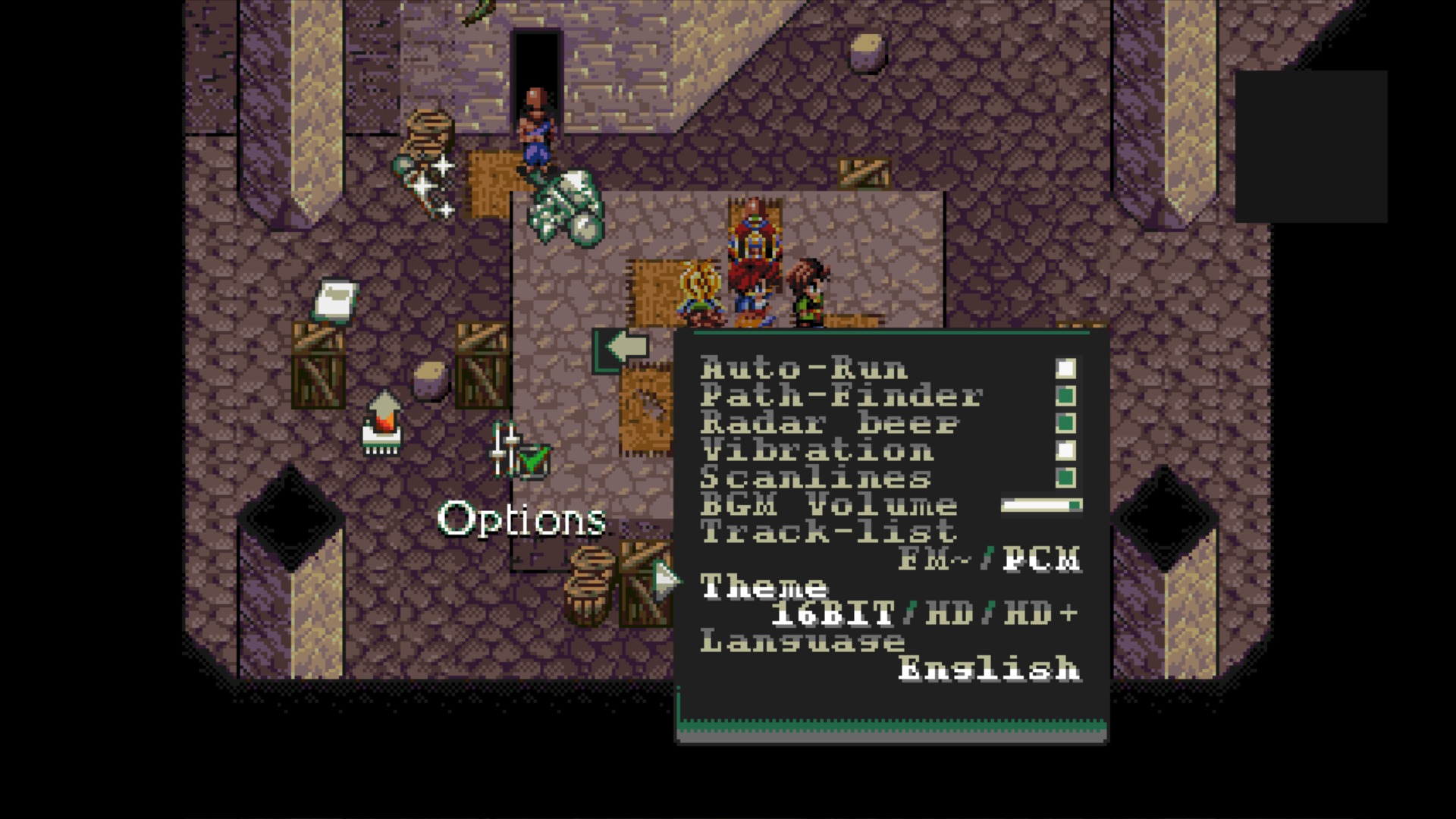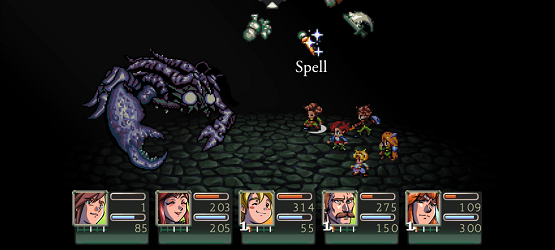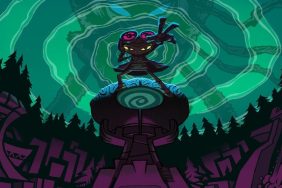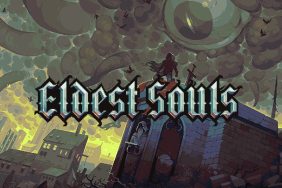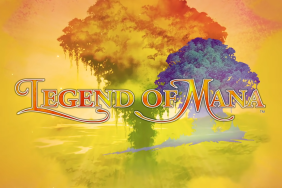[springboard type=”video” id=”1031519″ player=”play020″ width=”555″ height=”335″ ]
Pier Solar HD is a re-release of a 16-bit RPG that was developed as homebrew for the Sega Mega Drive (or Genesis, in North America) in 2010… more than a decade after the last game released for the console. 16-bit RPGs can be extremely nostalgia inducing, and the story behind the creation of Pier Solar and the Great Architects is an interesting one, however, nostalgia and intriguing origin stories aren’t everything, and we’ll have to get to the core of how the game plays to get an idea if Pier Solar HD is a game worth playing.
Upon starting, I was immediately awash with a feeling of playing a classic RPG like early Final Fantasy titles. Nostalgia is what they call it, and that nostalgia never wore off. There are even options to go back to the classic 16-bit graphics and original MIDI based soundtrack, but the new HD graphics are beautifully drawn and the new HD version of the soundtrack is great. I found myself switching back and forth between all of these options throughout the game, going from full on nostalgia, to wanting a little bit of an visual and audio upgrade. The HD graphic mode can get quite dark, and there are no brightness settings, so the only reason I found these settings to begin with was in trying to locate the brightness option. Fortunately going to 16- bit mode brightens up the game, so that was one of the main reasons I initially used it.
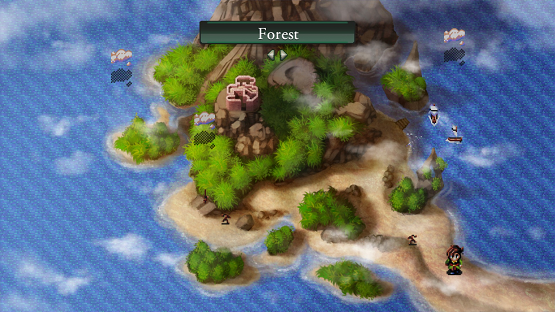
Classic RPGs were known for not holding your hand, and Pier Solar is no different. I can’t tell if it’s just been a really long time since I’ve played a classic RPG or if Pier Solar is harder than most, but I found myself sitting at many points stuck, and with no idea where to head next. Fortunately this is an HD release, so there is a guide online for it, but it was still very frustrating to find that the direction I needed to go was behind the graphic of a tree that looks like it is impassable. There were many points like this that made the path to follow less than obvious, and either nostalgia doesn’t hold up to today’s standards, or Pier Solar HD failed in helping to guide the player from point to point effectively. Either way, it makes for a frustrating experience.
Using a classic turn-based RPG battle system, Pier Solar’s combat is quite strategic and fun to start out with, but a massive lack of variety in enemies leads the battles into a level of tedium. Each area has the same few enemies, so until you enter a completely new area, you will find yourself fighting the same battles over and over again. The level of strategy wears thin quickly, and I soon find myself mashing X through the overly long animations, wanting nothing more than to end each battle, enough that I eventually started running away from battles not just to have to sit through each one repeatedly. If there had been a larger variety of randomness to the battles, this would not have been an issue, but I couldn’t take running across the exact same enemy configuration for the fifth time in a row.
The game uses a save point system, but you can turn on an autosave option that activates with each new screen you enter. While this adds a ton of convenience with not having to find save points, the game stutters for the first few seconds after entering each screen. This wasn’t a one-off occurrence — it happened every single time. I dealt with it because I wanted the autosave, but I’ve seen much more resource heavy games not even flinch while saving, so it’s a little disappointing to see a 16-bit throwback having issues.
While I had a ton of fun reliving the days of classic RPGs, there were numerous poor development choices that bothered me as I played. When healing outside of battle, I was forced to watch a ridiculously long animation of the heal spell activating. When it finished, the menu was closed, and I would have to open it again, and go through the process repeatedly. If a battle left me nearly dead, I was spending an absurdly long time fully healing each of my characters. Why this overly tedious process was chosen for the healing spell was beyond me, but it really hampered my enjoyment, especially when these healing sessions came after the tedious repeated battles that I mentioned earlier.
The story is passable. It isn’t the most memorable thing in the world, and there are some odd narrative choices, but I’ve definitely played titles with worse narratives. It starts out as most RPGs do, with a very basic task that quickly turns into a larger story that has a group of characters joining together and taking a journey across the world to find hidden secrets and defeat the evil powers that reside in the darkest corners. The character’s all fit certain archetypes, but were not as strongly portrayed or memorable as they could have been, which is a huge aspect of what helps to make a great classic RPG.
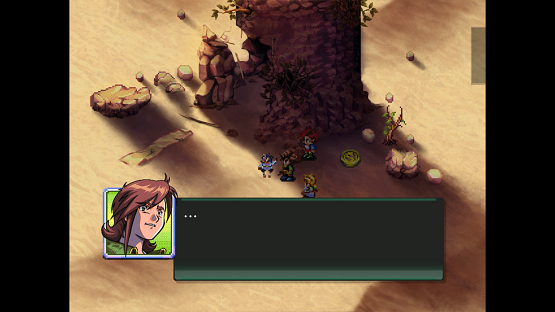
While I loved getting that classic RPG nostalgia, much of the game found certain levels of tedium that quickly drove the experience of Pier Solar from nostalgia to a chore. Whether it was finding the correct path to take, healing after battles, or finding myself fighting the same set of enemies repeatedly, the lacking narrative and characters did little to drive me through the overly tedious moments. Pier Solar HD has a lot of potential, and fans of the classic 16-bit RPG may find a lot to love in a game that abandons a lot of the more modern day conventions that we see in games, but don’t be surprised if you find that classic feeling starting to hide behind all of the little problems that litter the playing field.
Pier Solar HD review copy provided by developer. Reviewed on PS4. Also available on PS3. Available at an unspecified date via Cross-buy for Vita. For full information on scoring, read our Review Policy here.
-
That classic 16-bit RPG feel.
-
Fun strategy within the battle system early on.
-
Lots of content.
-
Repetitive battles.
-
Healing outside of battles takes forever.
-
Confusing environments make navigation difficult.
-
Lack of inventory organization.
-
Tedium.
Pier Solar HD Review Gallery
-
Pier Solar and the Great Architects HD
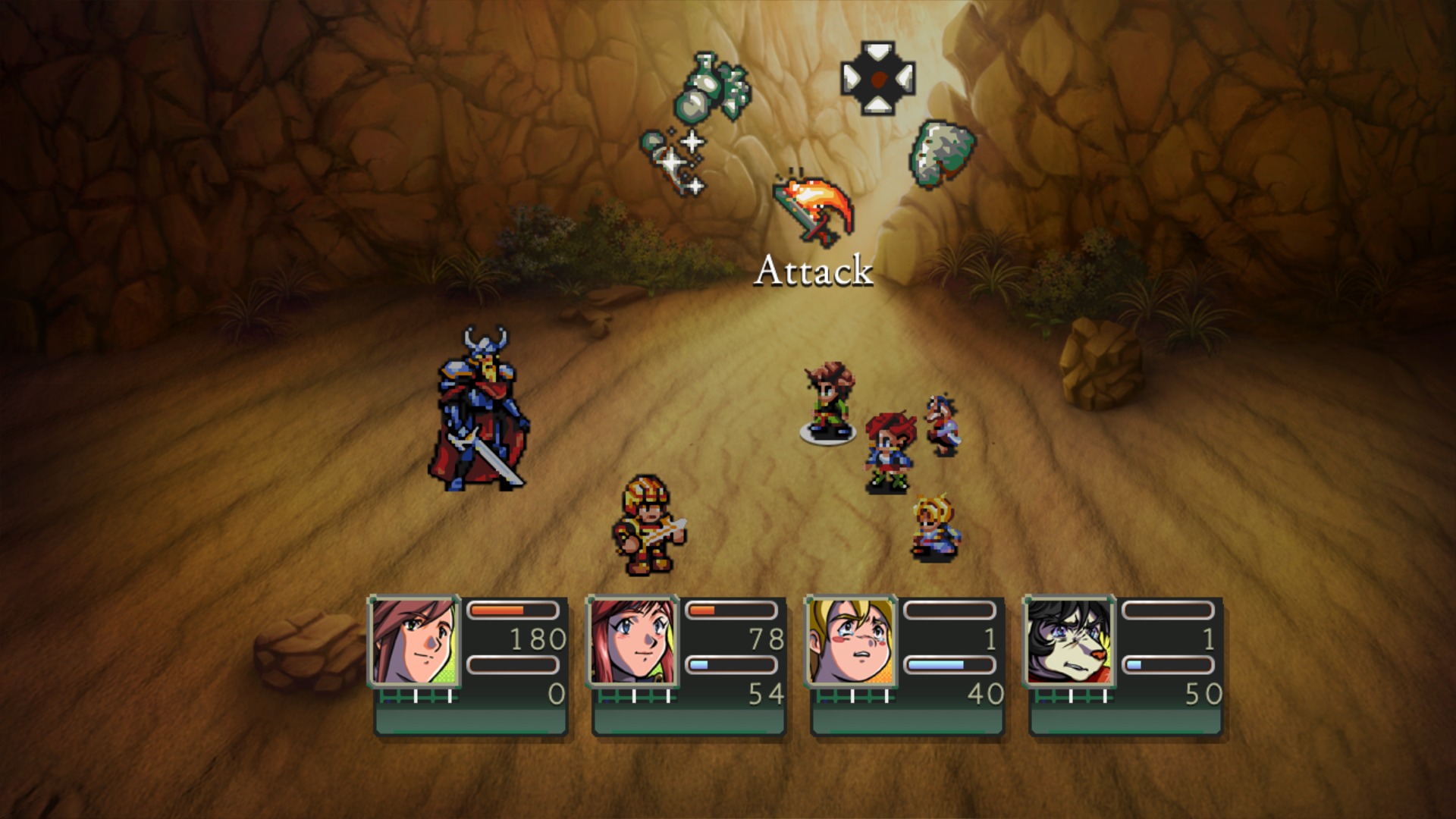
-
Pier Solar and the Great Architects HD
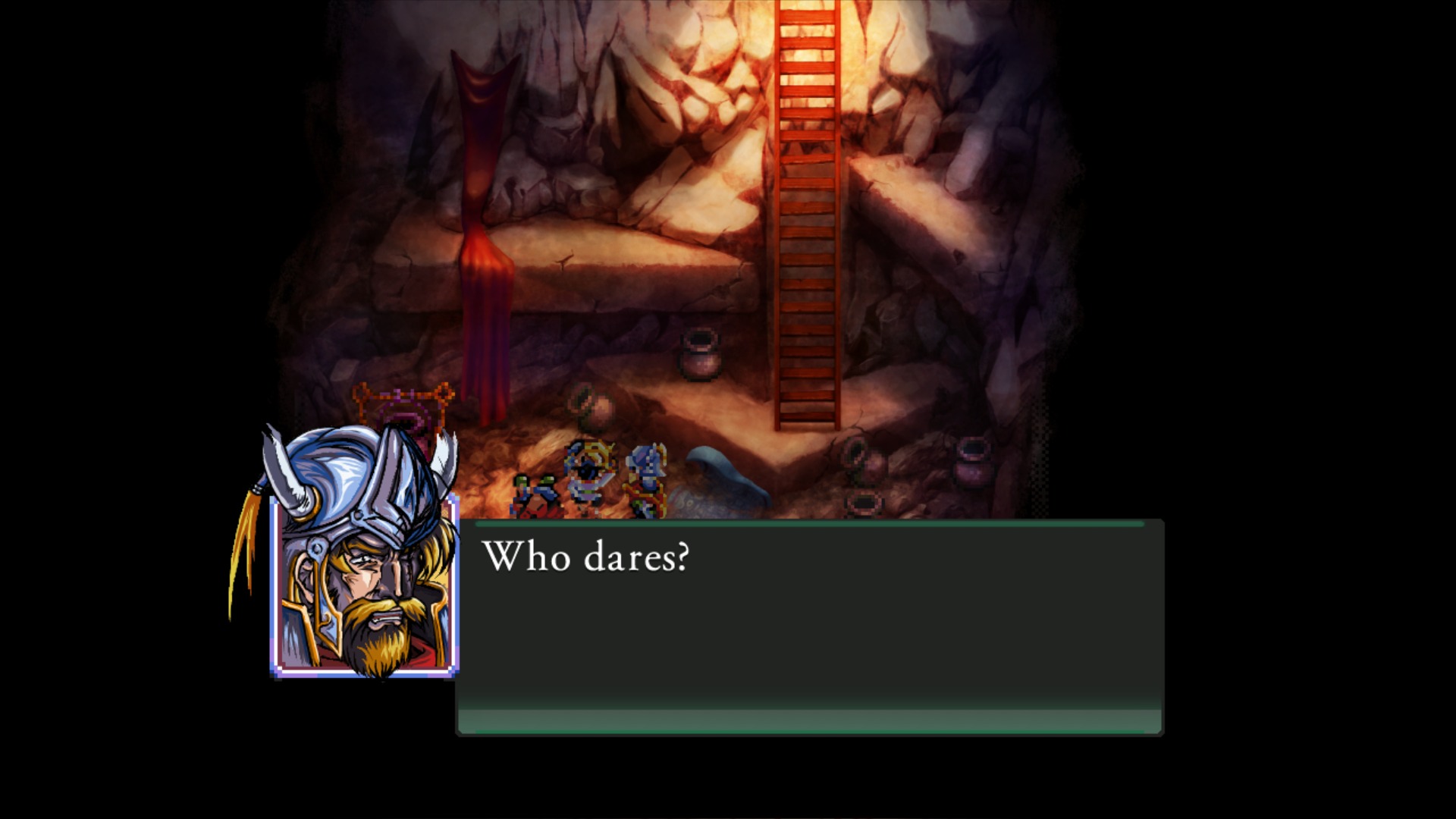
-
Pier Solar and the Great Architects HD
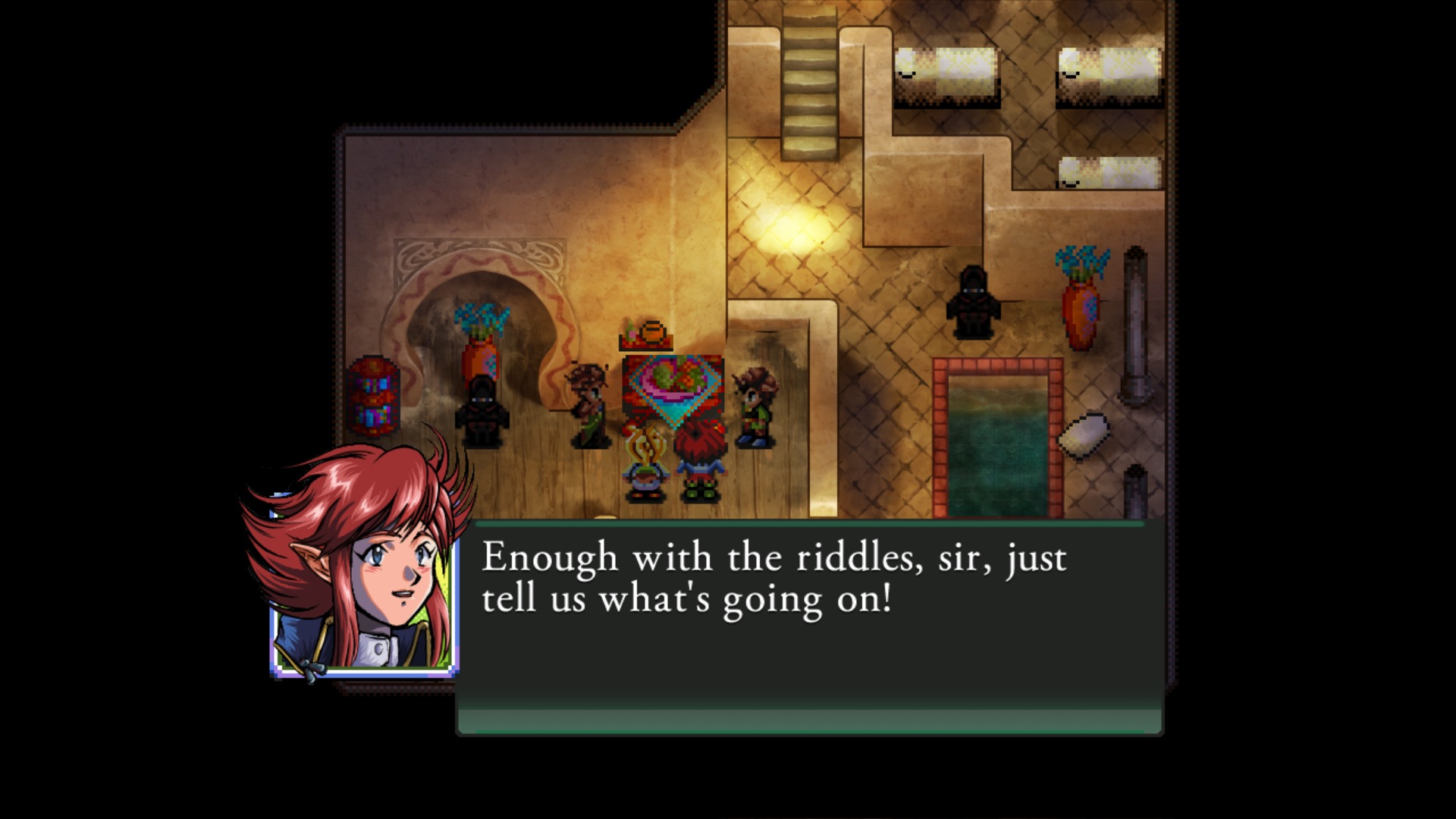
-
Pier Solar and the Great Architects HD
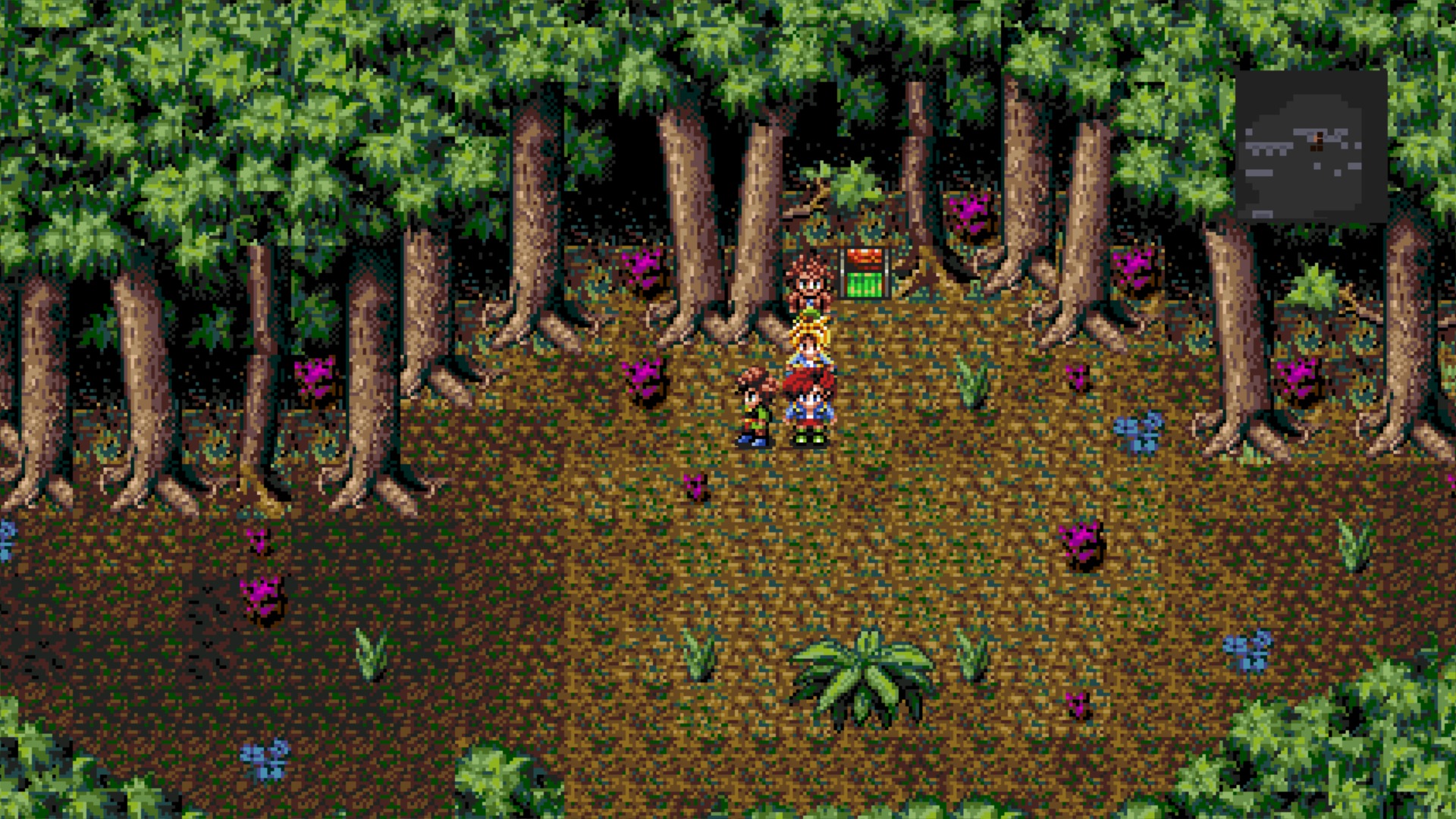
-
Pier Solar and the Great Architects HD
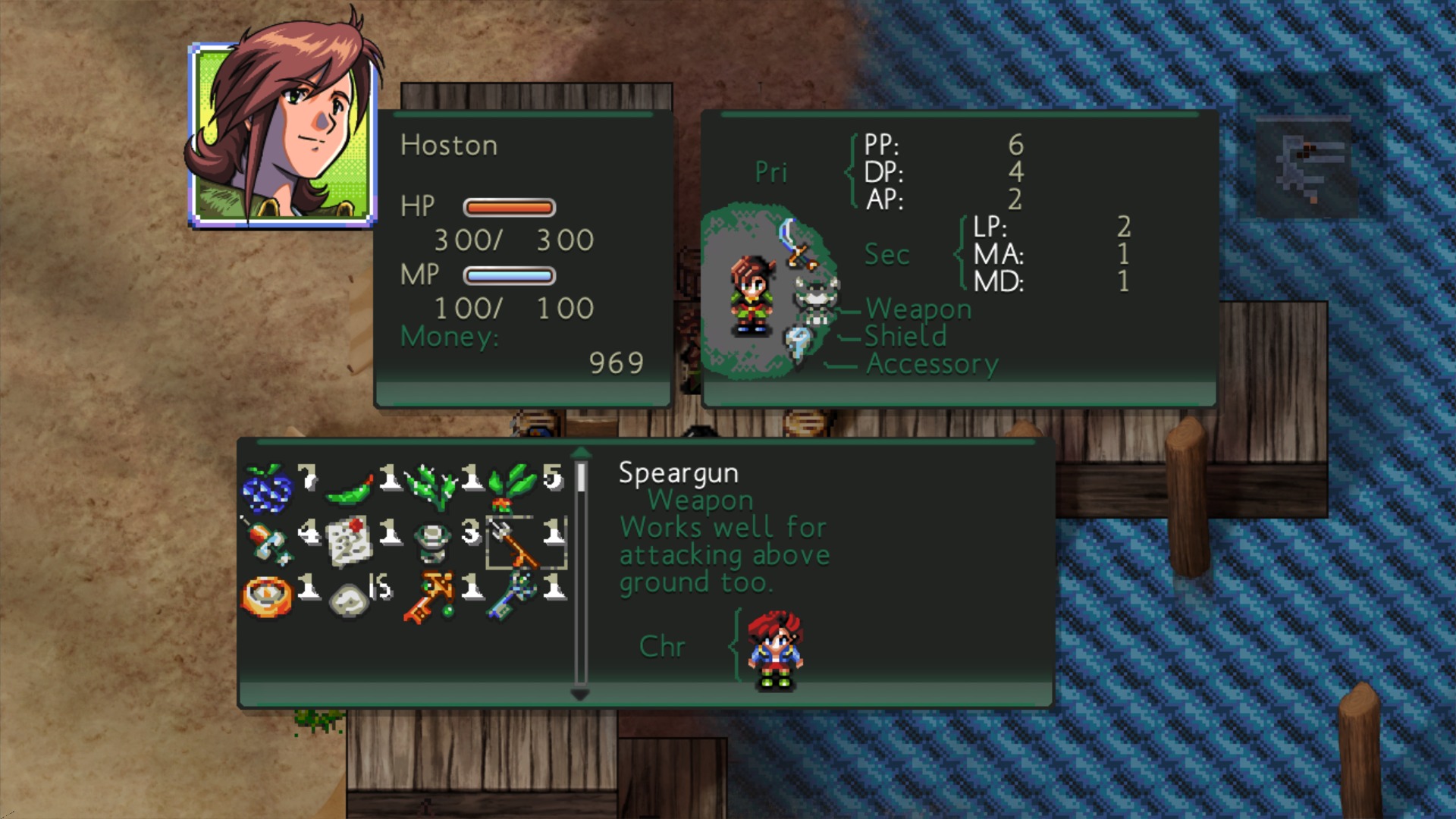
-
Pier Solar and the Great Architects HD

-
Pier Solar and the Great Architects HD
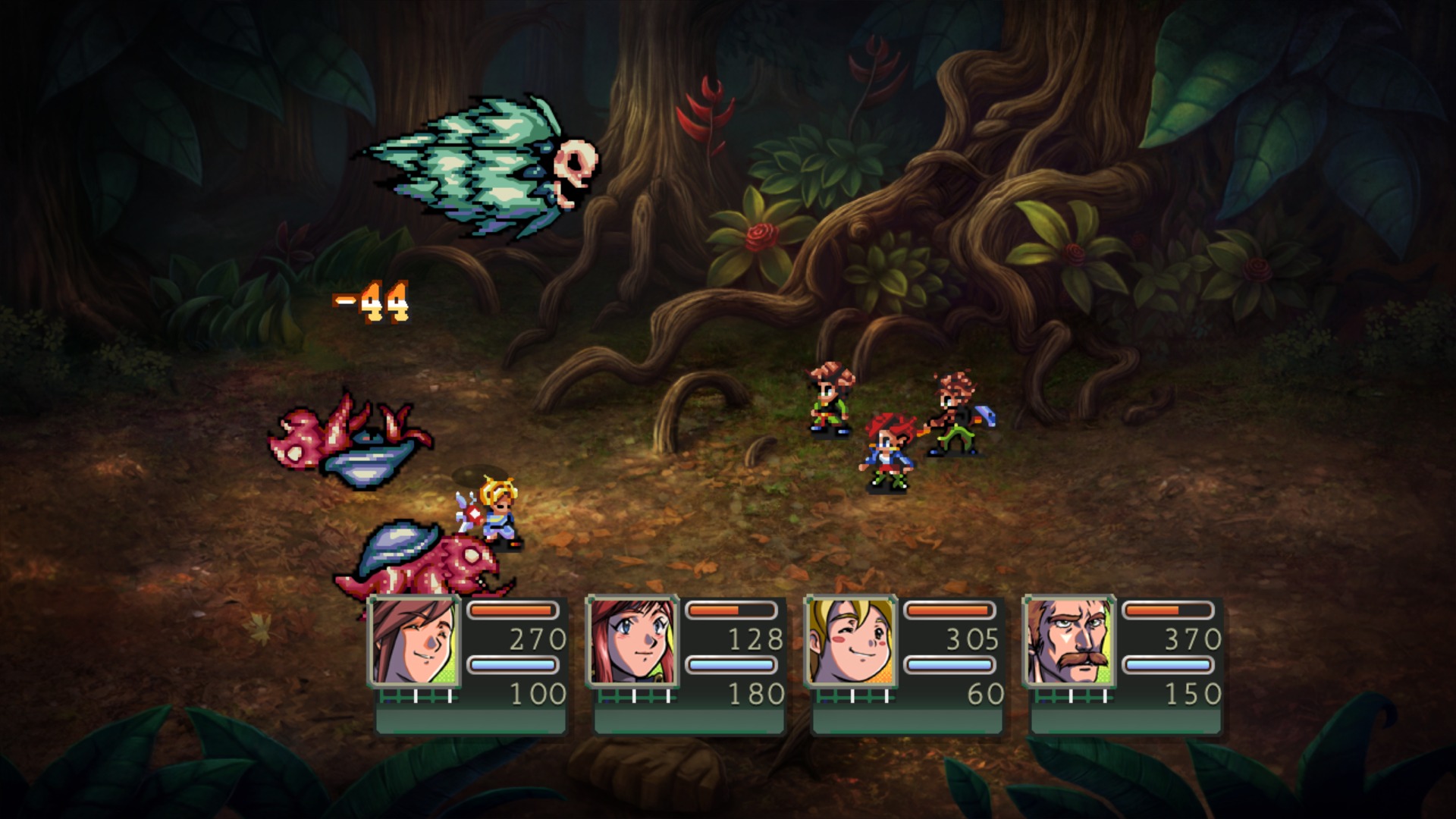
-
Pier Solar and the Great Architects HD
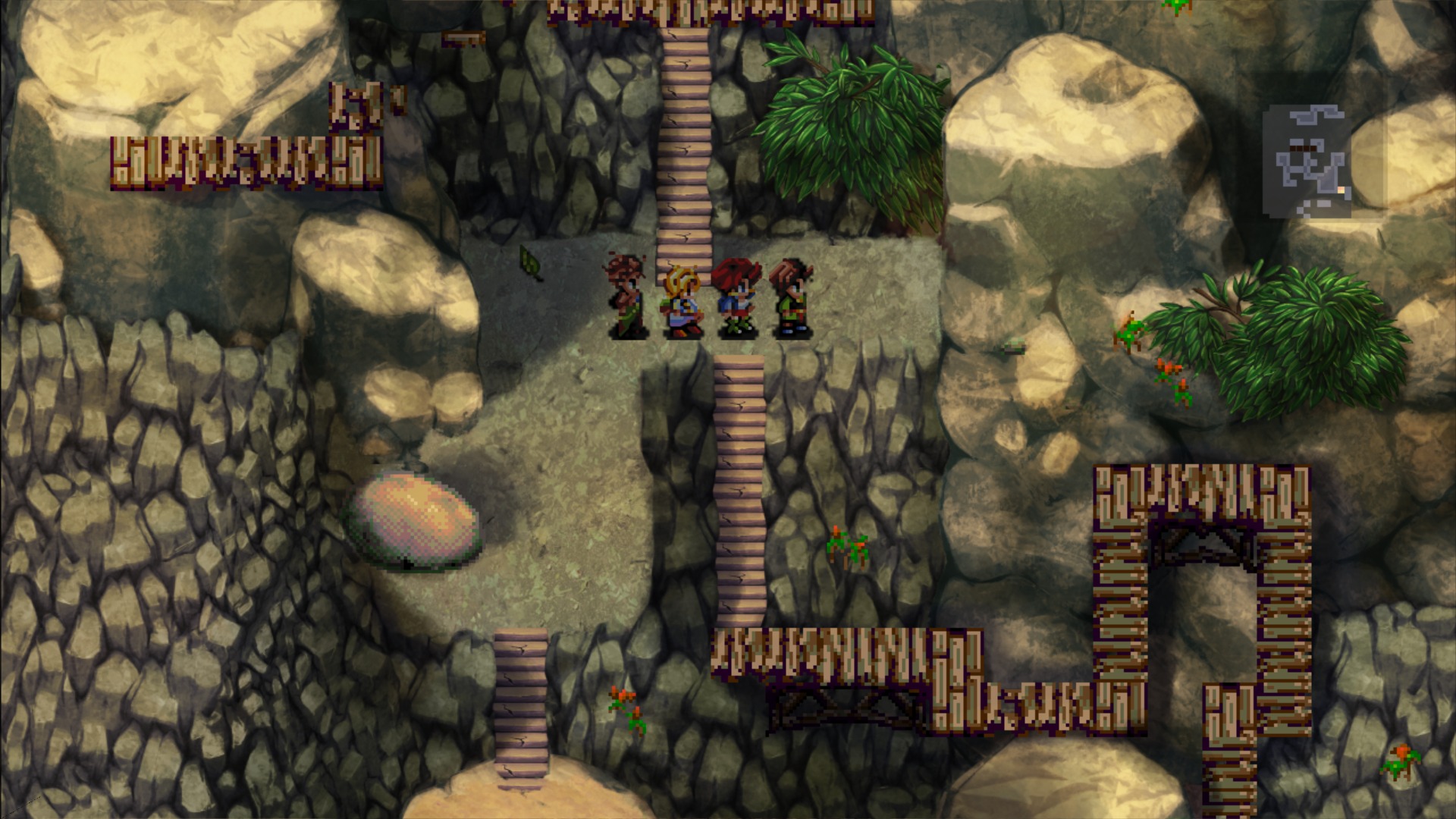
-
Pier Solar and the Great Architects HD
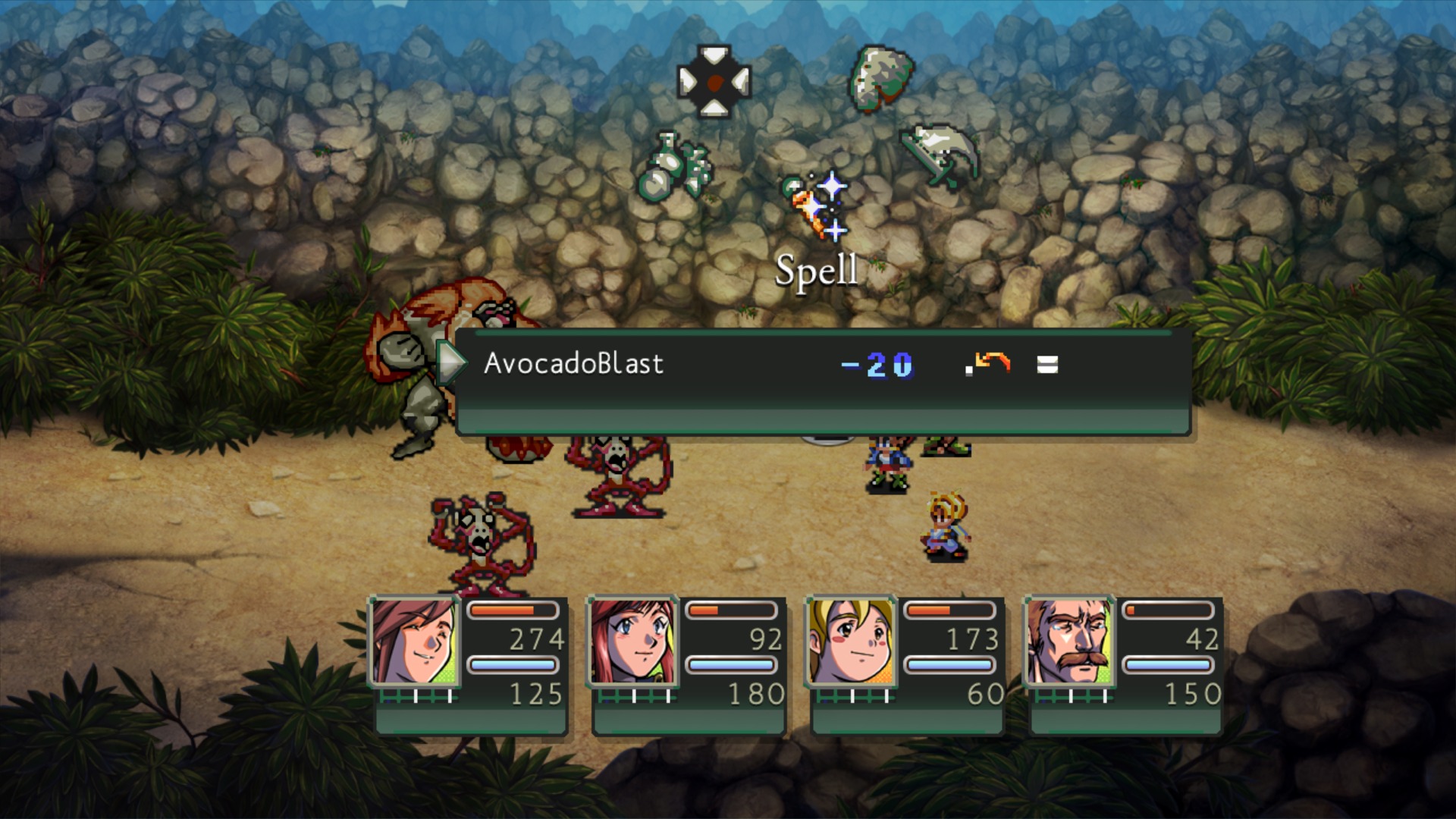
-
Pier Solar and the Great Architects HD
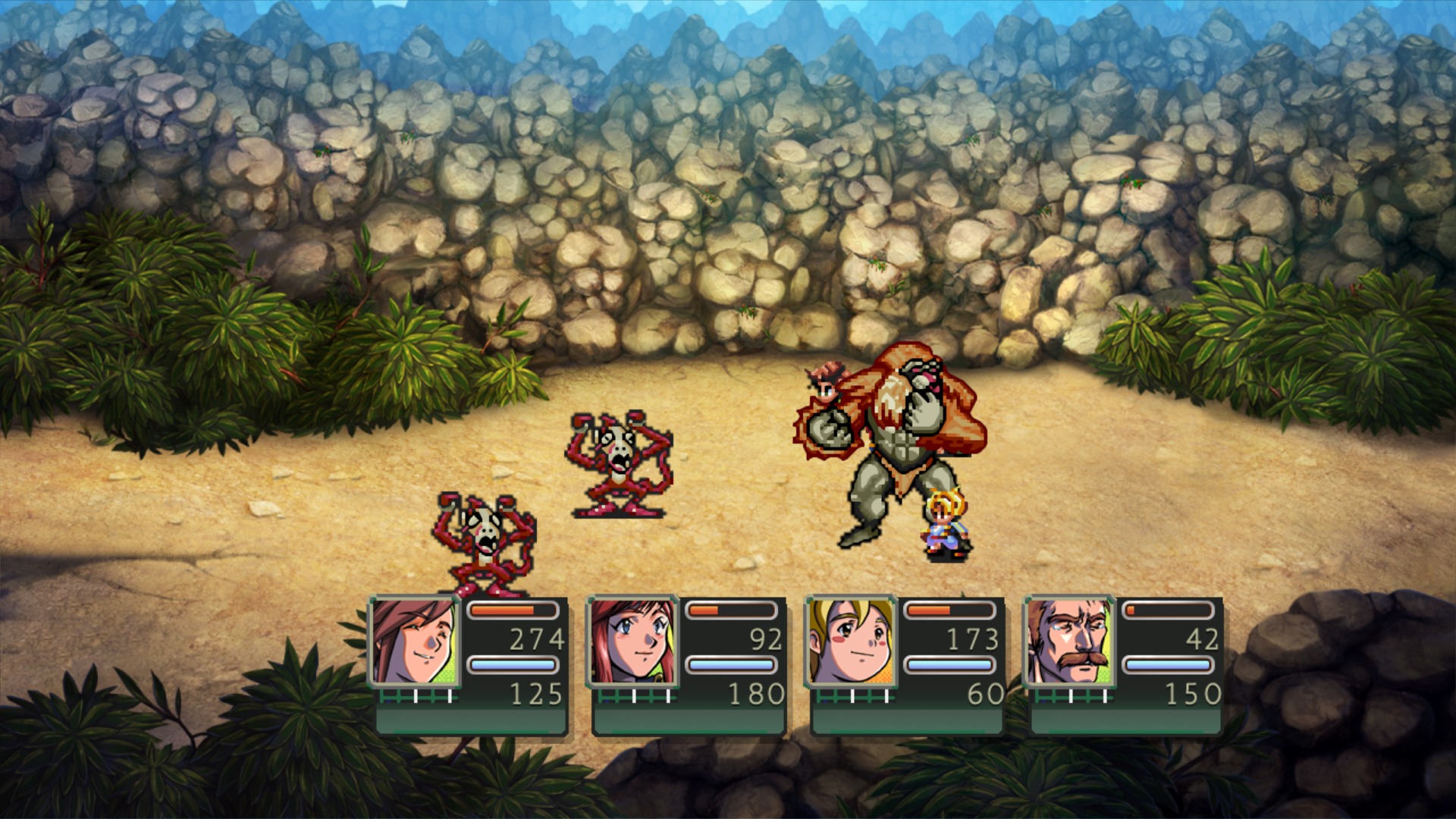
-
Pier Solar and the Great Architects HD
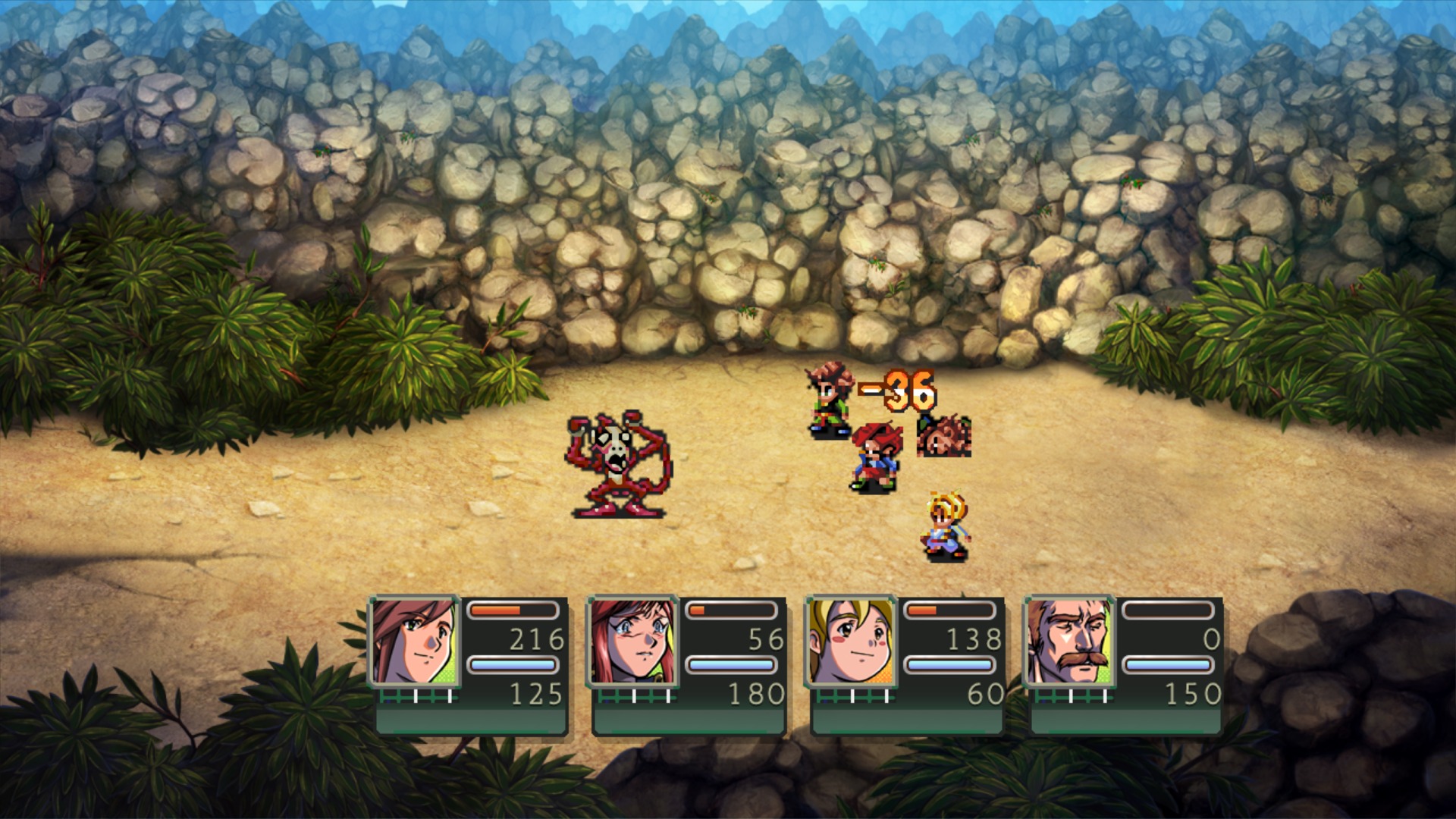
-
Pier Solar and the Great Architects HD
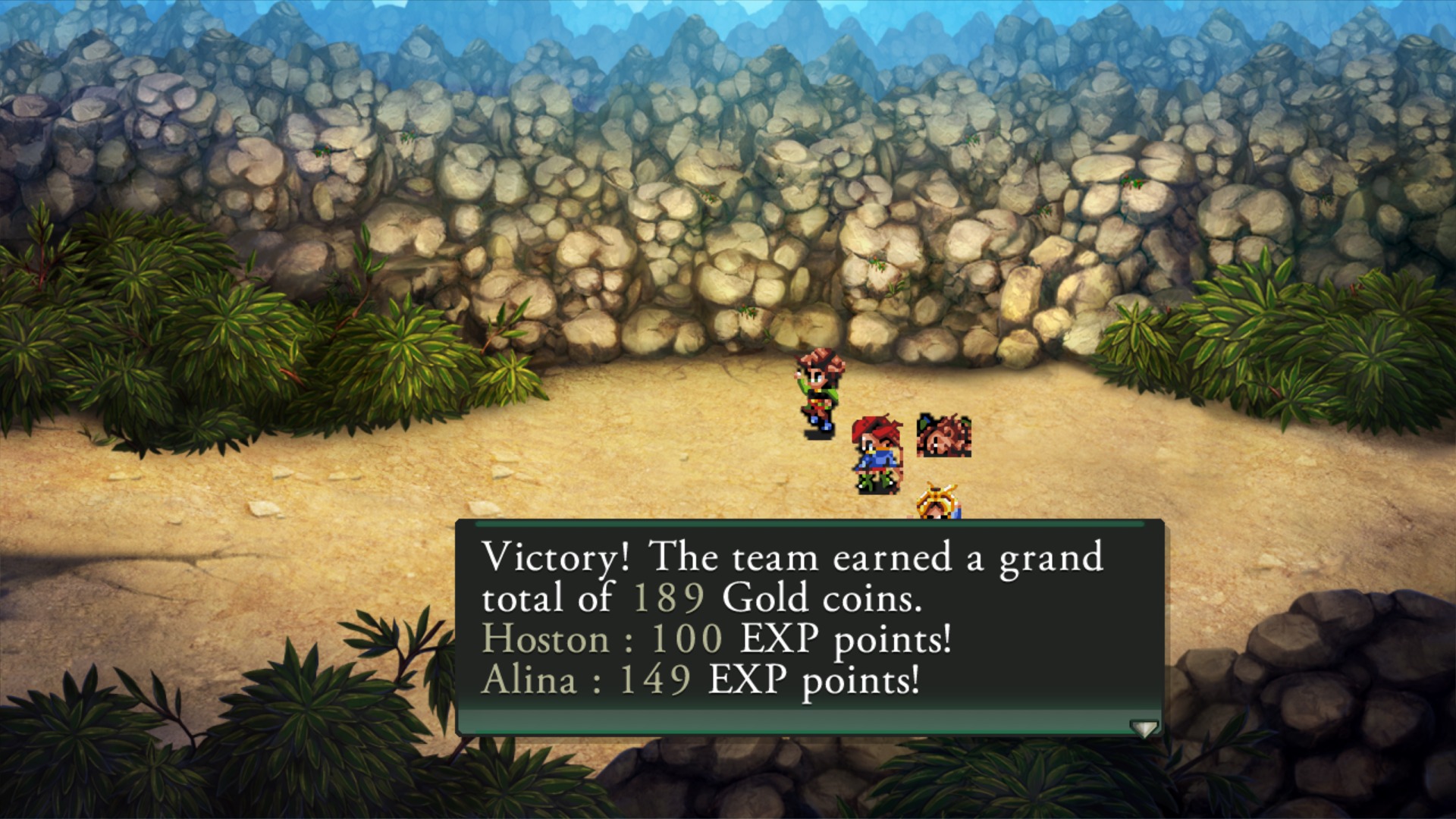
-
Pier Solar and the Great Architects HD
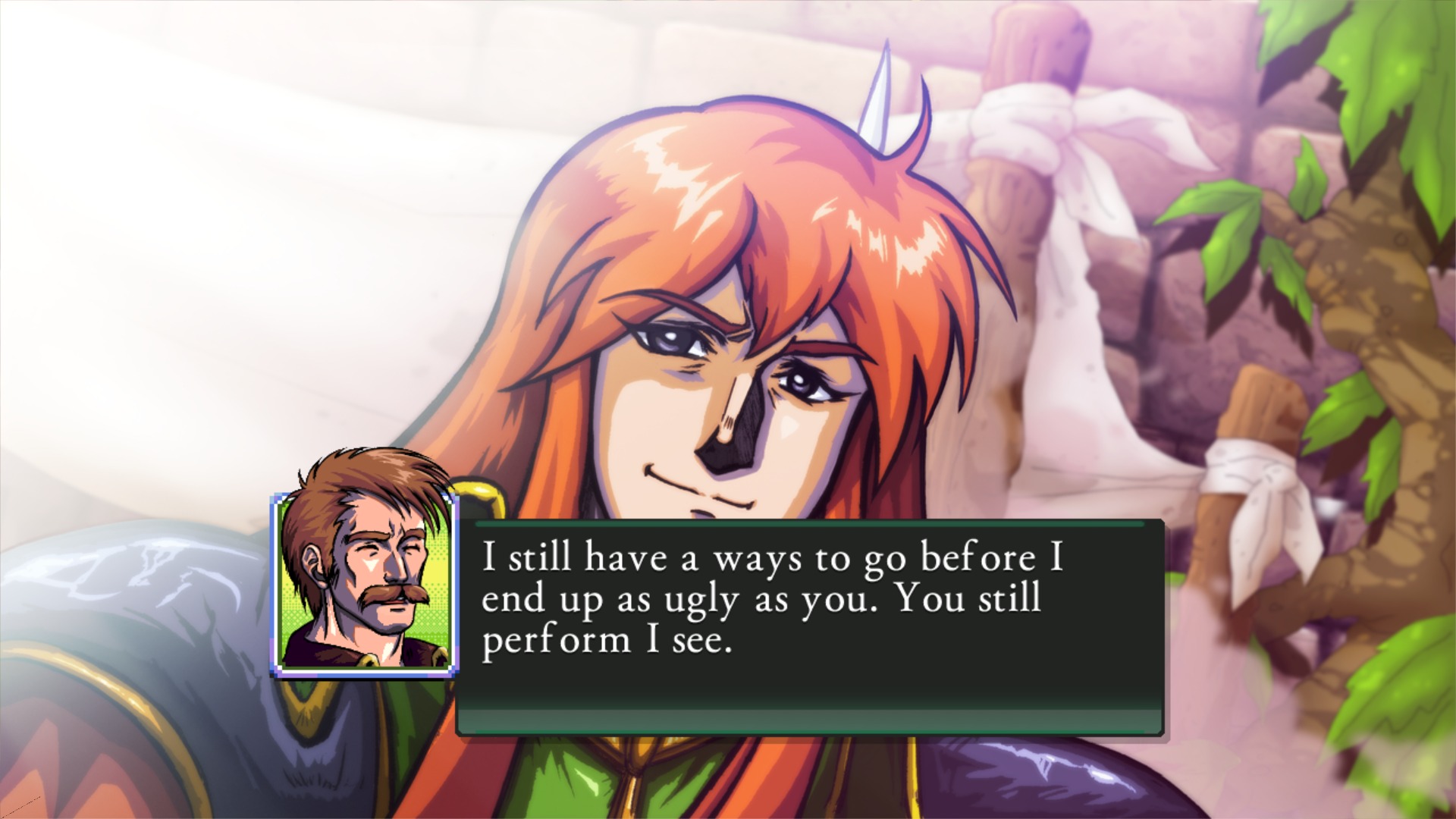
-
Pier Solar and the Great Architects HD
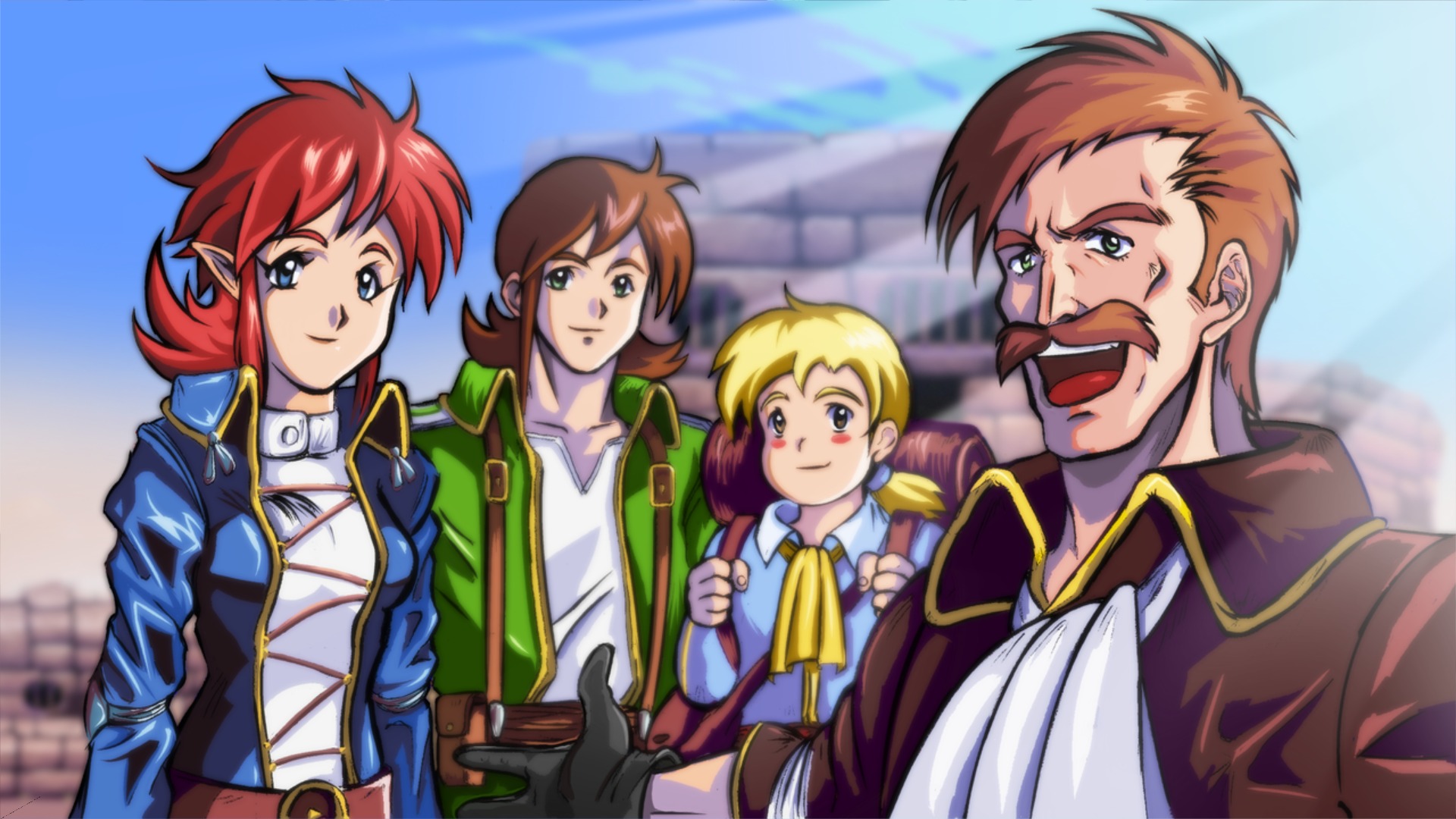
-
Pier Solar and the Great Architects HD
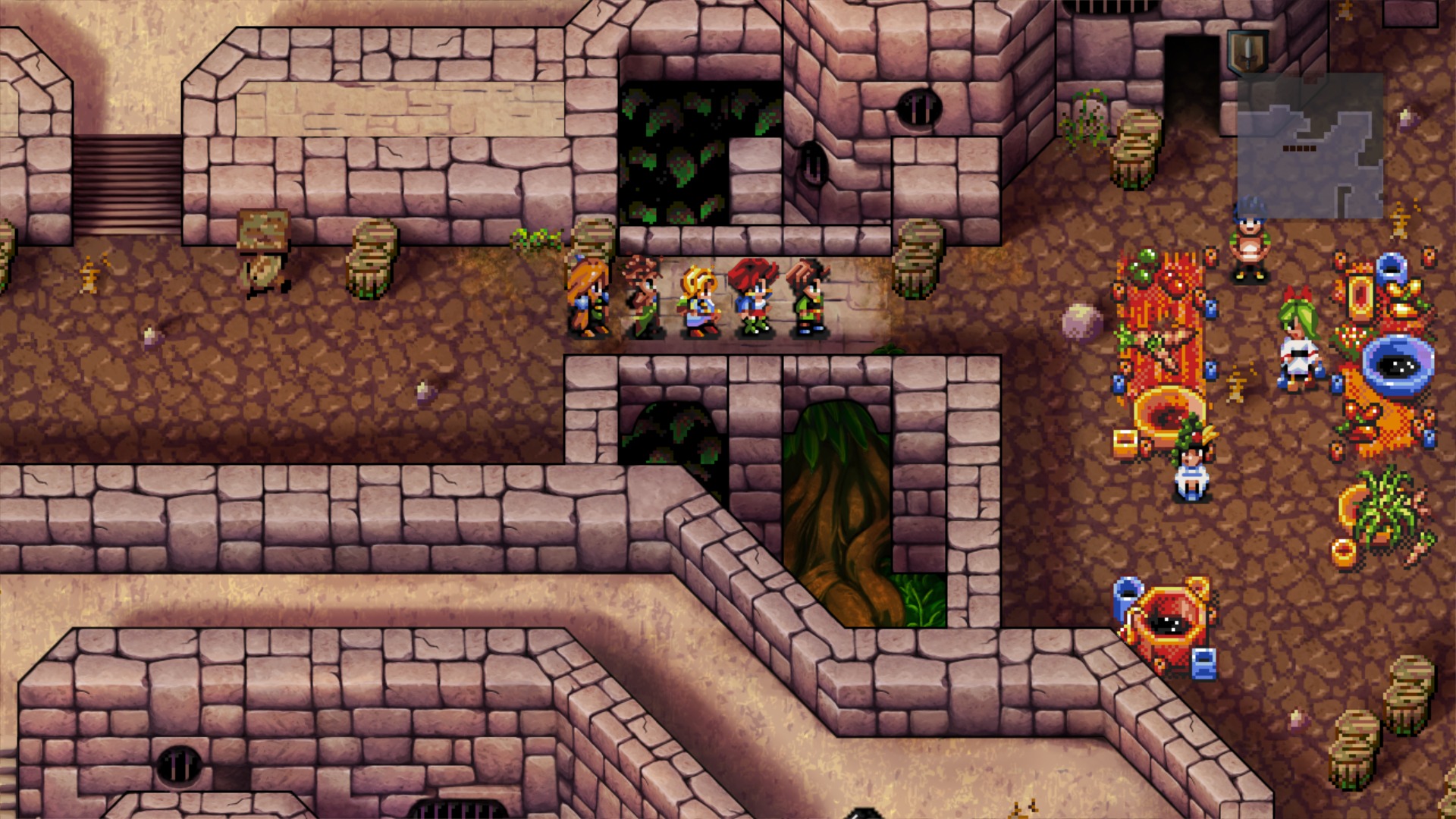
-
Pier Solar and the Great Architects HD
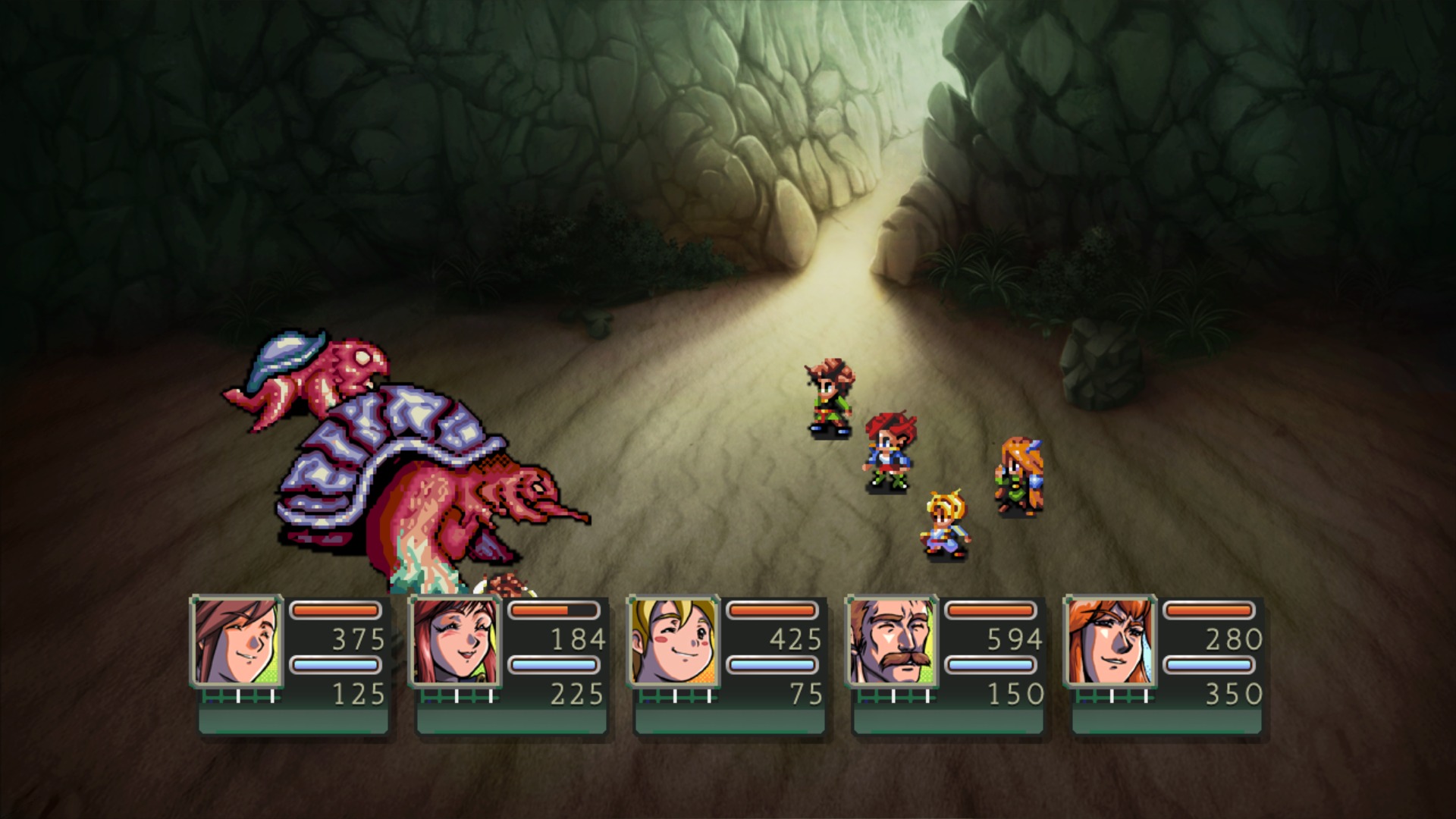
-
Pier Solar and the Great Architects HD
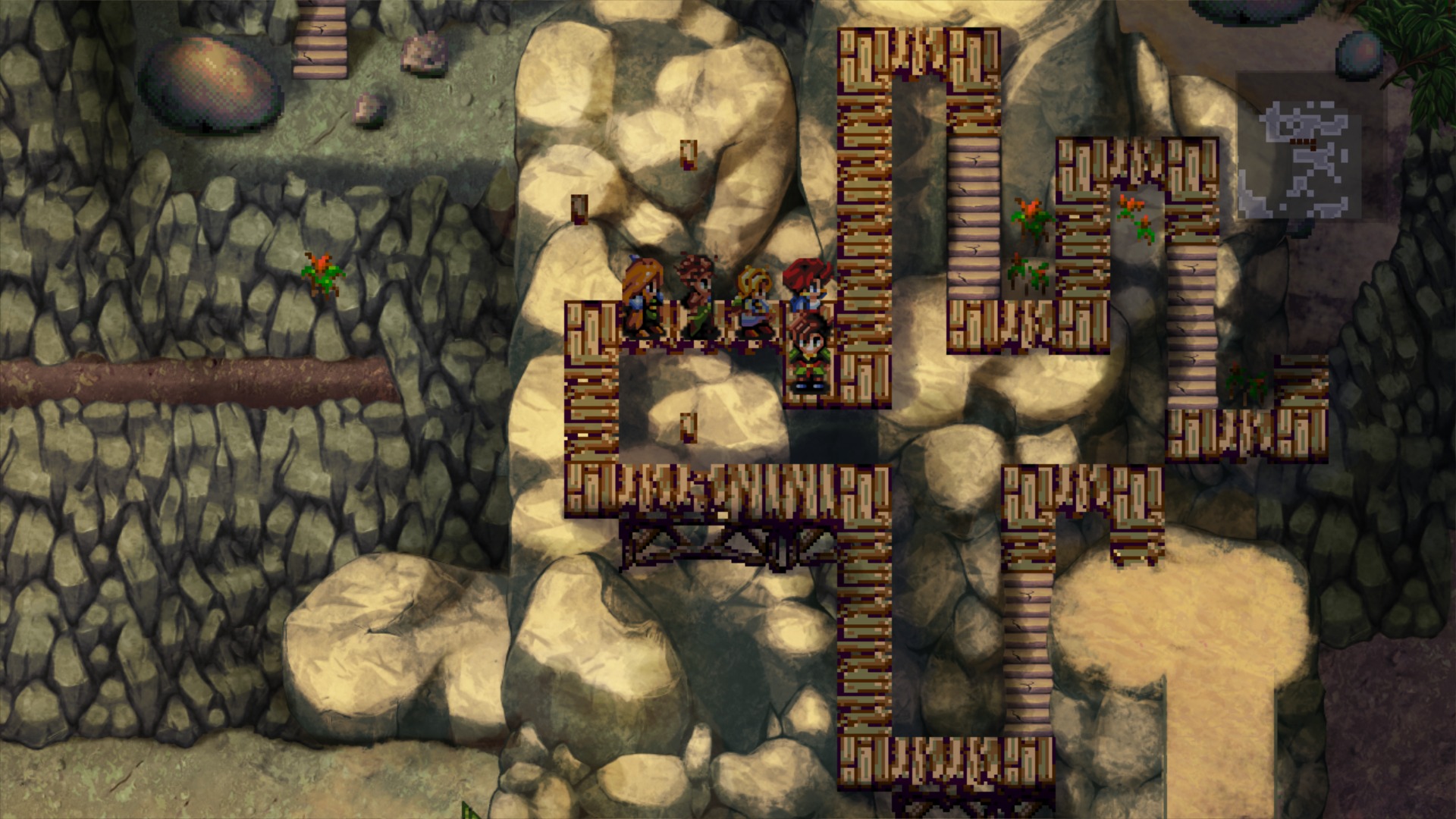
-
Pier Solar and the Great Architects HD
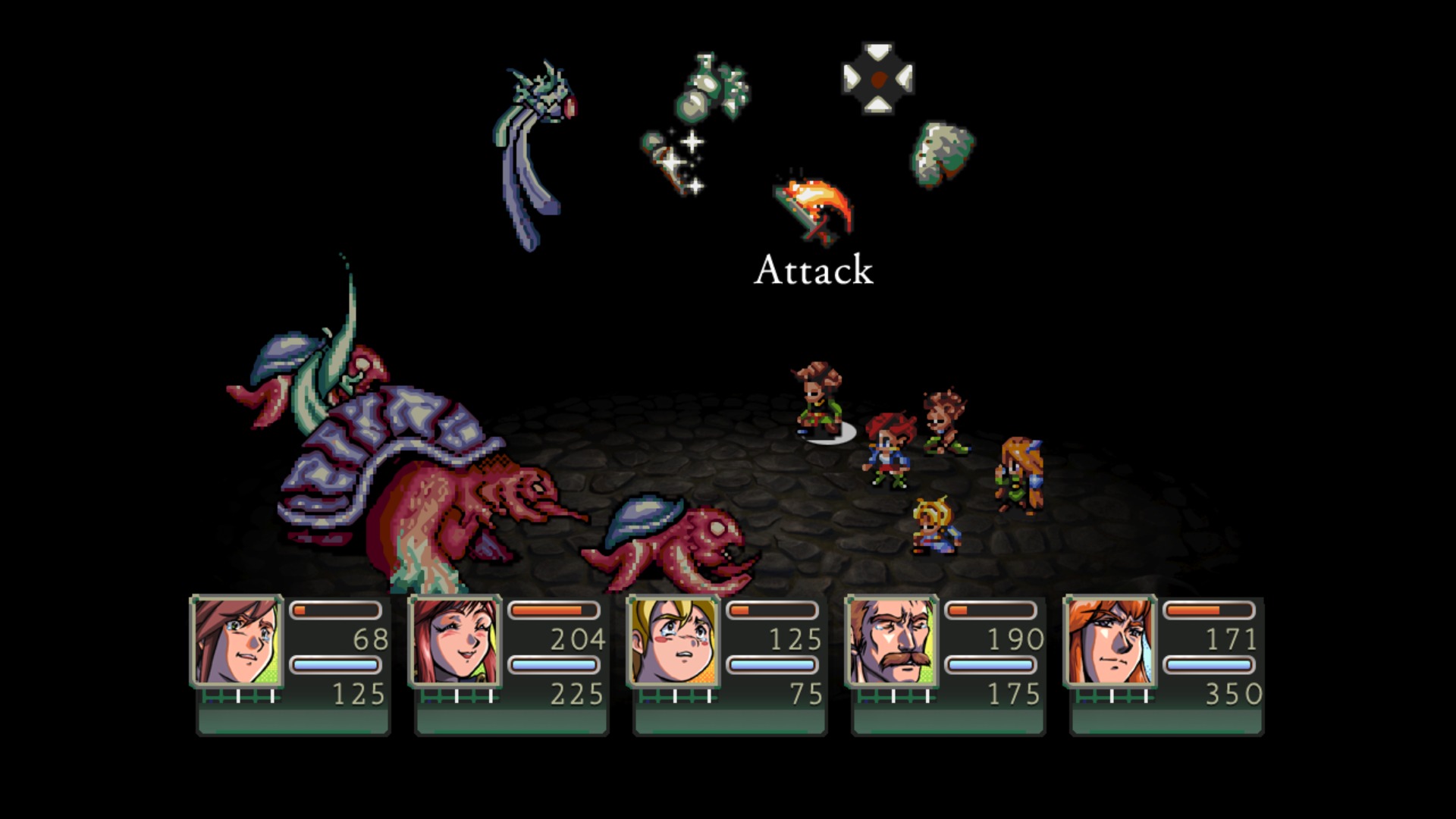
-
Pier Solar and the Great Architects HD
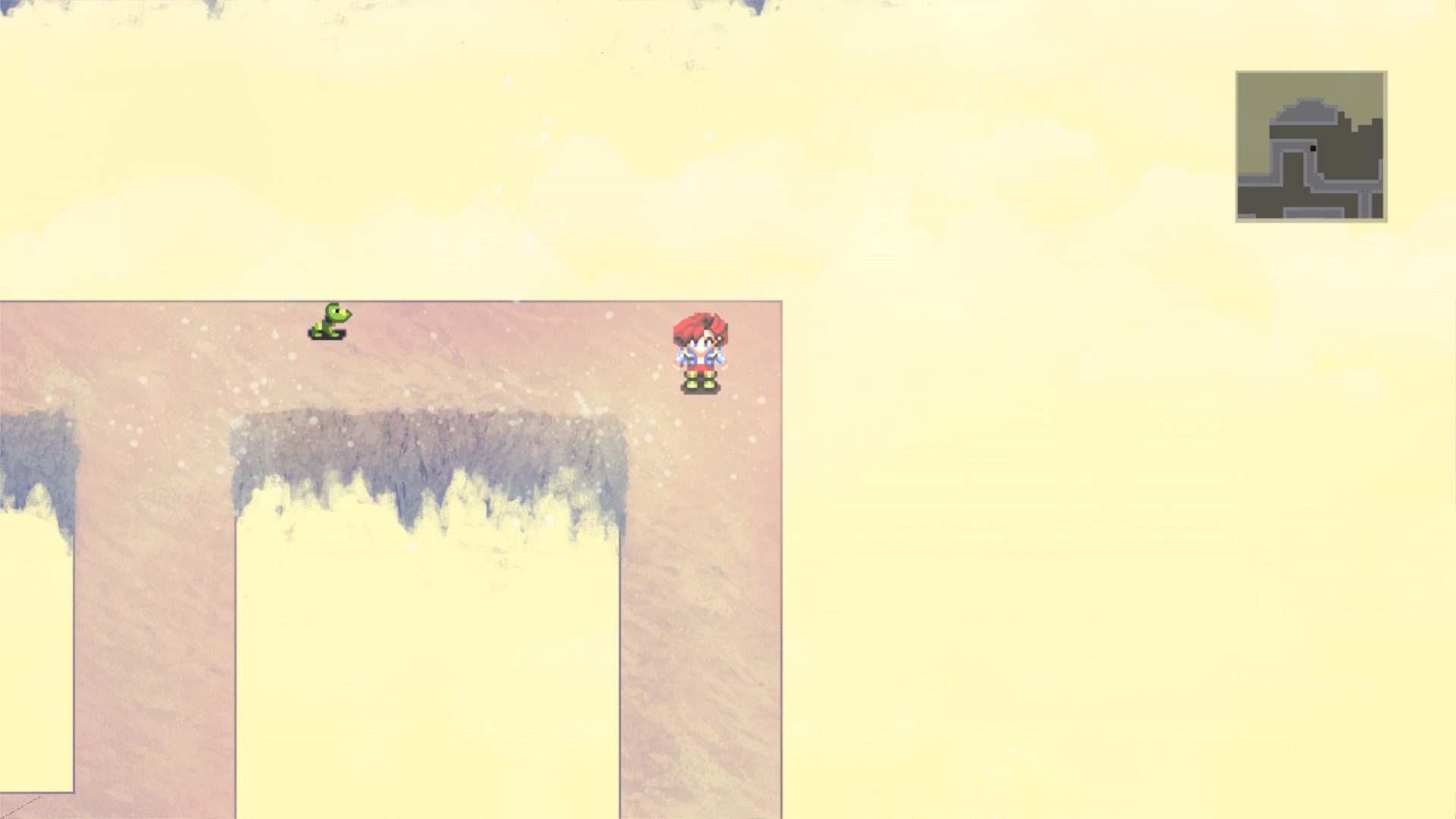
-
Pier Solar and the Great Architects HD
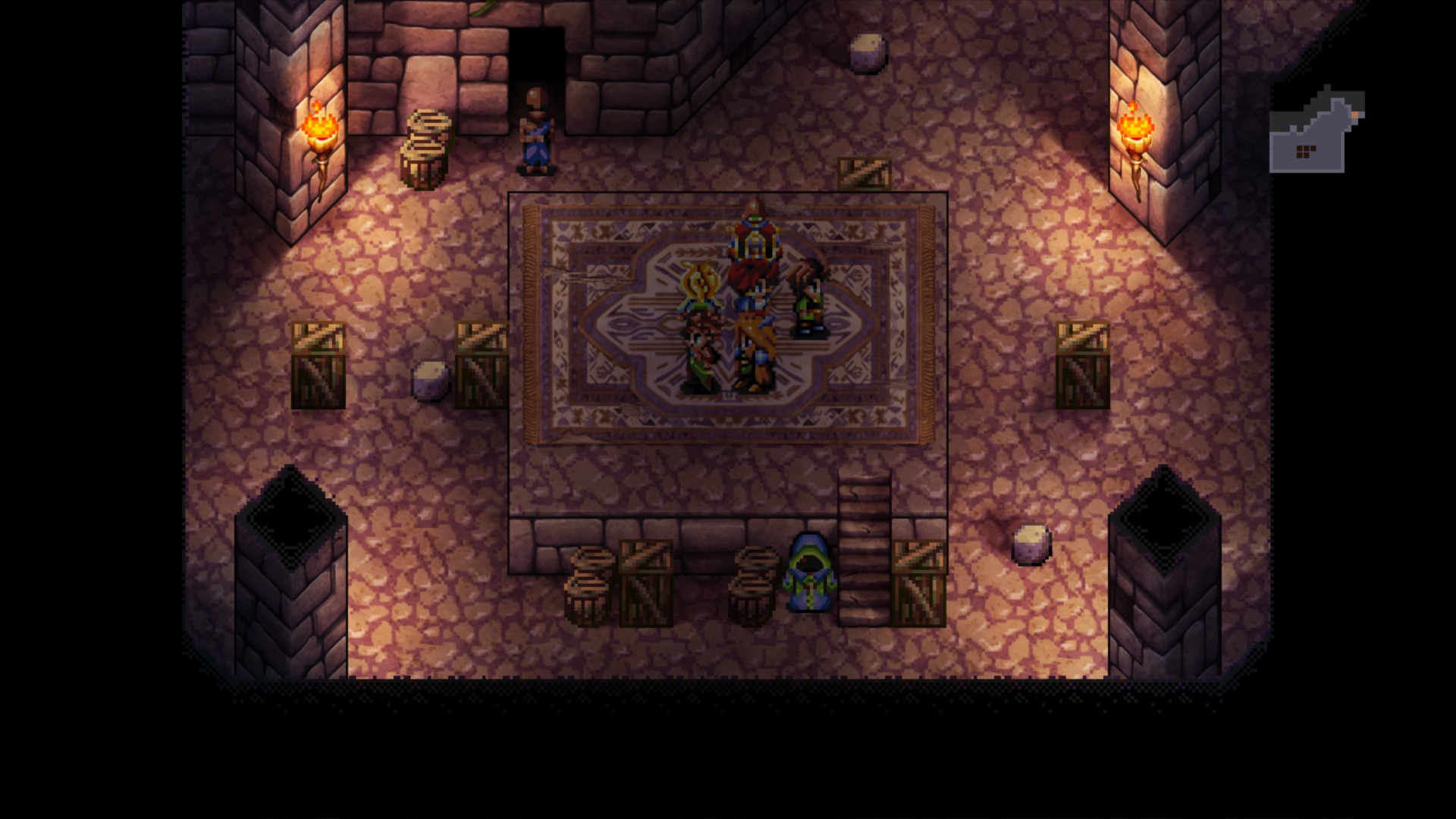
-
Pier Solar and the Great Architects HD
